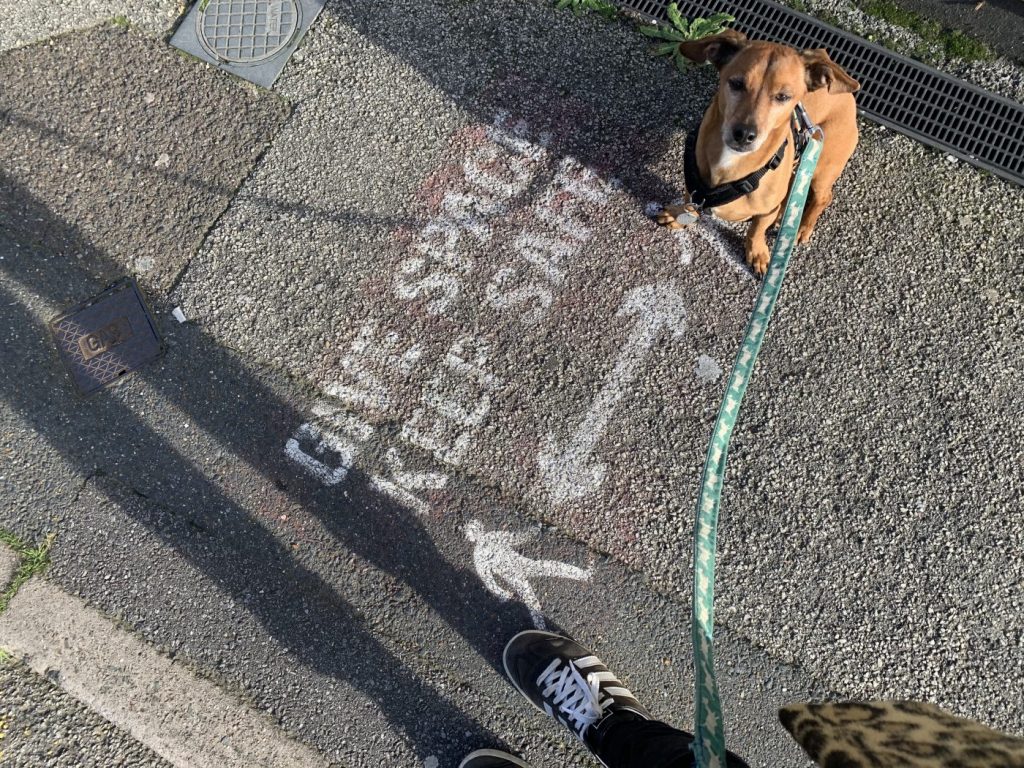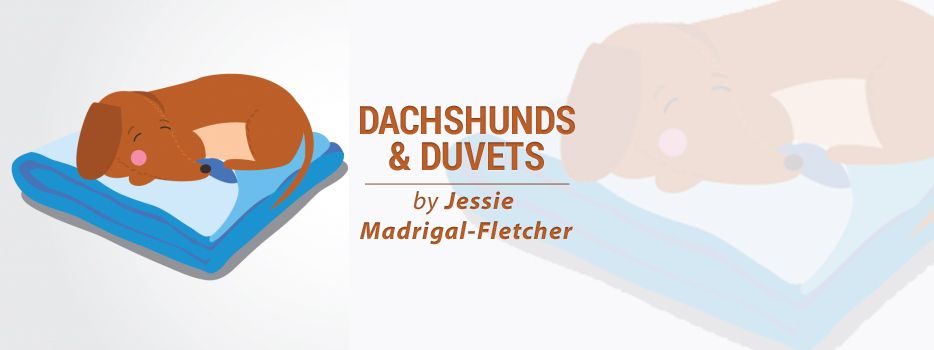All of a sudden, it’s November. Where I’m at, the temperatures are still mild, and most days are sunny — apart from when it rains horizontally and the winds are so strong sea gulls fly into my face. I feel no shame hiding under a duvet after 4 p.m.
Slowing down and cozying up just feels right. Except lately, getting comfortable has become somewhat unattainable.
I’ve always been a die-hard fan of lying down. Chaise lounges and soft blankets are what dreams are made of. But when my legs and thighs hurt, and my lower back pain kicks in, lying down stops feeling good. And if staying horizontal is fun no more, what next? Biscuits becoming toxic? Hot pads unlawful?
This angsty, overtly hormonal writer can only look up to the skies and cry, “Universe, why are you taking this away from me?!”
Except the universe, or in this case, social media algorithms, had something up their sleeve.
Lately, I’ve been followed around by ads for weighted blankets. I’d love to be the kind of person targeted by cool fashion brands featuring Zoë Kravitz, but no. Blankets and pregnancy tests. How glam.
Weighted blankets have become a bit of a thing. If you suffer from chronic pain or anxiety, either your mum or your aunt will have recommended that you try one. They are supposed to aid relaxation and soothe anxiety and muscular pain.
Blankets that feel like a cuddle? On paper, they sounded right up my street. Yet I looked at the hefty price tags and shivered. Not for Jess, not right now. Until last week, when a local retailer did a flash sale, and they all sold out.
You guessed it: I now own a weighted blanket.
I’ve been using the blanket for two weeks. I’ve stopped waking up in the middle of the night in pain. Naps during the day have also become a thing I can actually do. Additionally, the light pressure the blanket gives soothes my leg pain.
Is this sorcery? Is it actual science? The truth is there isn’t enough research to properly determine whether weighted blankets provide the health benefits they promise. But anything that helps ease a life of chronic pain is a winner.
I don’t know if my positive feelings about the blanket will carry on forever. Maybe it’s working because it’s colder outside, and the coziness it provides is exactly what I need right now.

Because endometriosis is linked to chronic pelvic pain, lower back pain, and in many cases, leg discomfort, I am always on the lookout for any gadget aimed at pain relief.
In fact, fibromyalgia is often associated with the disease. I haven’t been diagnosed with fibromyalgia, but I have all of the symptoms. My physical discomfort gets so bad that sometimes just touching my skin hurts. It’s no surprise how I am so receptive to anything that may help.
My little sister once sent me a mysterious object in the mail.
It looked like a scaled-down version of a bed of nails. It was a thick padded rectangle the size of a big cushion, with dozens of prickly points. Puzzled, I messaged Little Sis, asking her what and why, and how. She told me to “quit asking questions and just lie on the damn thing.” So I did, first placing my lower back on the mat, then lying on my side.
And yes, the torture-like device worked its acupressure magic, and it is now one of my treasured possessions, stored right next to my coveted TENS unit.
Endometriosis will make you try out myriad things, including stomach-altering drugs, expensive alternative treatments, and the latest fads in pain relief.
Not everything will work.
But if we can find a few things that can minimize our symptoms and have them available whenever a painful flare-up strikes, it can provide a world of relief.
I struggle with nice things — I never feel I deserve them enough. It doesn’t help that my dog will either chew, hide, or repossess anything I buy. And yes, that weighted blanket felt like an extravagant treat, but it has become an act of self-care.
Anything that helps manage my chronic illness is worth the expense and fighting over with a tiny, yet stubborn, sausage dog.
***
Note: Endometriosis News is strictly a news and information website about the disease. It does not provide medical advice, diagnosis, or treatment. This content is not intended to be a substitute for professional medical advice, diagnosis, or treatment. Always seek the advice of your physician or other qualified health provider with any questions you may have regarding a medical condition. Never disregard professional medical advice or delay in seeking it because of something you have read on this website. The opinions expressed in this column are not those of Endometriosis News or its parent company, BioNews, and are intended to spark discussion about issues pertaining to endometriosis.

